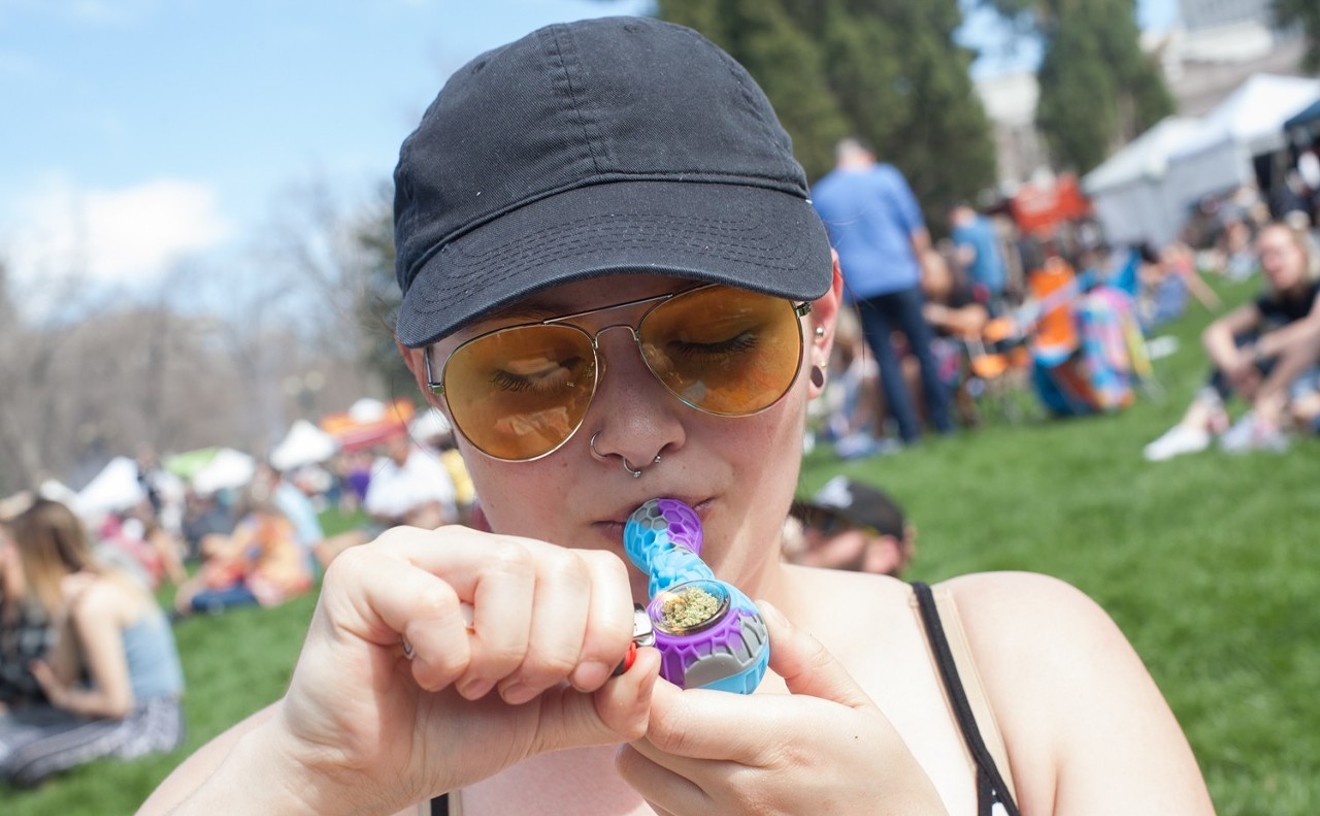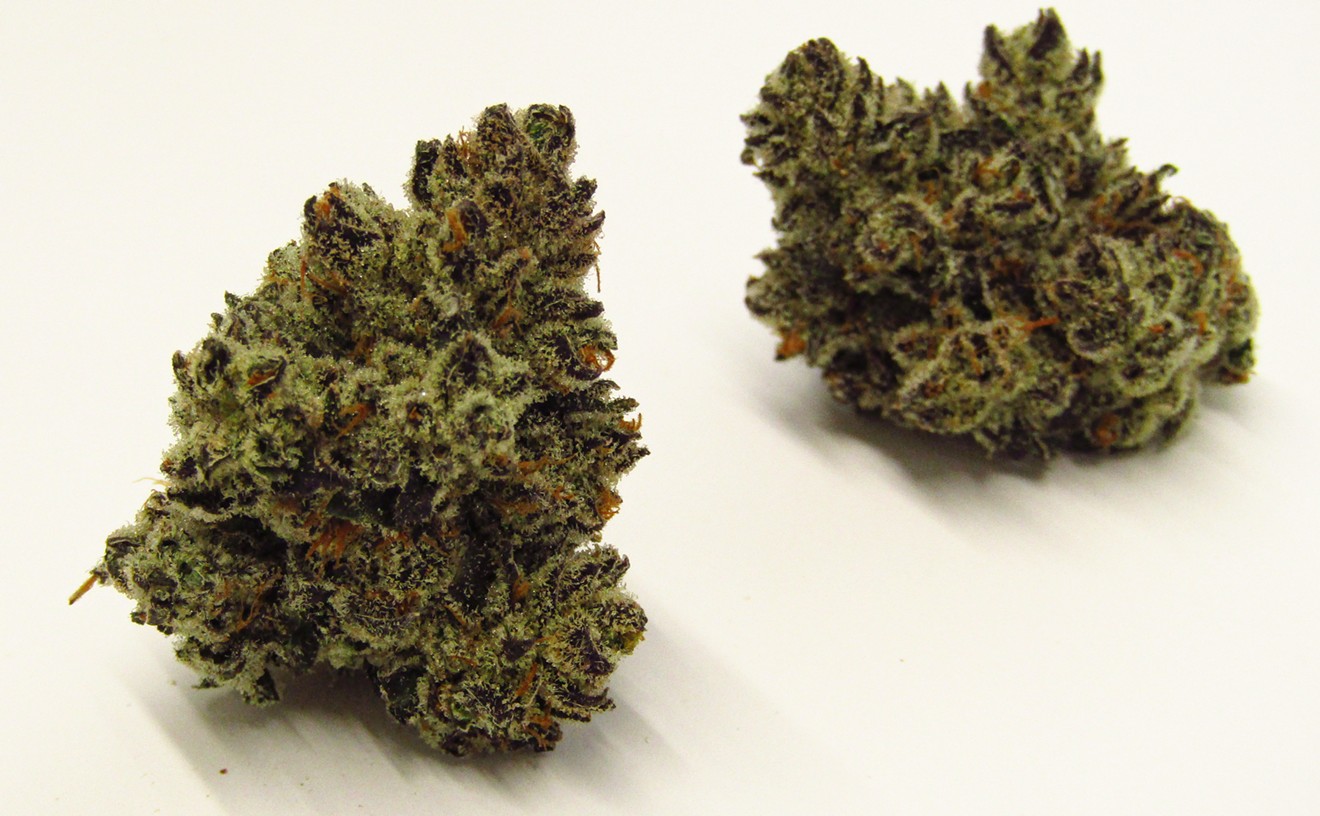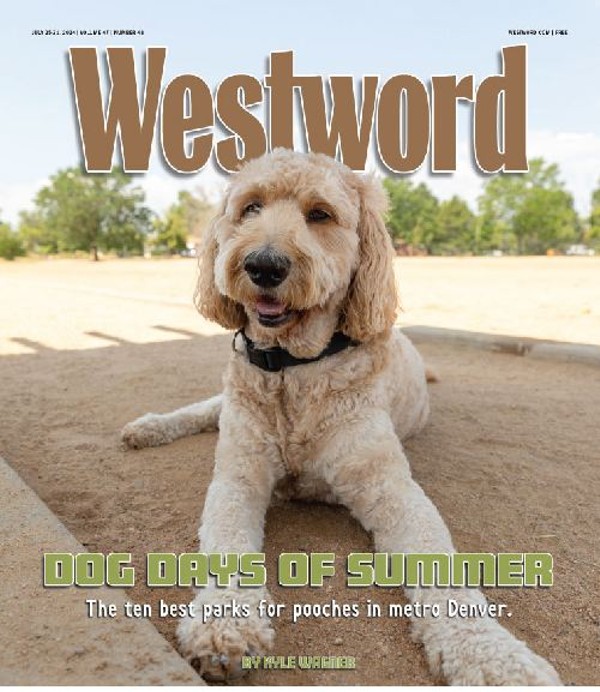Given the lack of impairment research, marijuana's effects on drivers aren't as documented as the effects of alcohol, but according to a new poll, Americans already know what to worry about: our addiction to cell phones.
A survey conducted by the Harris Poll on behalf of the Property Casualty Insurers Association of America asked over 2,000 adults how dangerous certain activities and factors are when paired with driving. While a majority of the respondents consider driving under the influence of marijuana dangerous, far more believe that using cell phones for social media and texting while driving is dangerous — just as dangerous as driving under the influence of alcohol and/or opioids.
"Perhaps surprisingly, more people consider texting and using social media to be dangerous while driving than being under the influence of marijuana," the study reports. "Moreover, roughly 9 in 10 consider driving under the influence of alcohol or opioids, texting or using social media on a cell phone while driving very dangerous, while just 7 in 10 feel the same for driving under the influence of marijuana."
Marijuana will be legal for adult use in seven states and Washington, D.C., by 2018. Driving while using a hand-held cell phone is banned in fourteen states, D.C. and Puerto Rico, according to the National Conference of State Legislatures, while 47 states, D.C. and Puerto Rico ban texting while driving.
Younger generations view driving stoned as less dangerous than driving drunk, the study notes. But the PCIAA, which funded the poll, views that perception as a significant threat to traffic safety. “Driving under the influence of marijuana is extremely dangerous,” PCIAA senior vice president Robert Gordon says. "In fact, driving under the influence of marijuana should be viewed with the same risks as drunk or distracted driving. When you’re high, it can impair your judgment, motor coordination and reaction time."
Drivers aged 18 to 34 also consider drunk driving a contributing factor to any increases in traffic deaths at a higher rate (66 percent) than older drivers aged 35 to 54 (54 percent), according to the study; the results reversed when the same question was asked about driving under the influence of marijuana.
As the first state to legalize recreational marijuana, Colorado has been one of the nation's largest guinea pigs for legal pot's effect on traffic safety, but so far, research has yet to provide any conclusive results. The Colorado Department of Transportation's most recent report on traffic deaths found speeding, alcohol and an absence of seat belts as the three main causes of the 546 traffic deaths in Colorado in 2015, but marijuana wasn't listed as a possible cause because local law enforcement agencies are still struggling to measure pot impairment, according to CDOT.
Gordon, like many other health and safety officials, calls for more study as legal marijuana becomes more prevalent across the country. "We need more research, public awareness and better public policy to reduce the dangers of marijuana-impaired driving and to make our roads less dangerous,” he says.
CDOT recently partnered with Lyft and the Marijuana Industry Group in a second effort to increase awareness of the dangers of stoned driving, providing educational and social-media materials to 125 Colorado dispensaries and giving Lyft users a discount for one ride per month until April.
[
{
"name": "Air - MediumRectangle - Inline Content - Mobile Display Size",
"component": "12017618",
"insertPoint": "2",
"requiredCountToDisplay": "2",
"watchElement": ".fdn-content-body",
"astAdList": [
{
"adType": "rectangle",
"displayTargets": "mobile"
}
]
},{
"name": "Editor Picks",
"component": "17242653",
"insertPoint": "4",
"requiredCountToDisplay": "1",
"watchElement": ".fdn-content-body",
"astAdList": [
{
"adType": "rectangle",
"displayTargets": "desktop|tablet"
},{
"adType": "rectangle",
"displayTargets": "desktop|tablet|mobile"
}
]
},{
"name": "Inline Links",
"component": "18838239",
"insertPoint": "8th",
"startingPoint": 8,
"requiredCountToDisplay": "7",
"maxInsertions": 25
},{
"name": "Air - MediumRectangle - Combo - Inline Content",
"component": "17261320",
"insertPoint": "8th",
"startingPoint": 8,
"requiredCountToDisplay": "7",
"maxInsertions": 25,
"watchElement": ".fdn-content-body",
"astAdList": [
{
"adType": "rectangle",
"displayTargets": "desktop|tablet"
},{
"adType": "rectangle",
"displayTargets": "desktop|tablet|mobile"
}
]
},{
"name": "Inline Links",
"component": "18838239",
"insertPoint": "8th",
"startingPoint": 12,
"requiredCountToDisplay": "11",
"maxInsertions": 25
},{
"name": "Air - Leaderboard Tower - Combo - Inline Content",
"component": "17261321",
"insertPoint": "8th",
"startingPoint": 12,
"requiredCountToDisplay": "11",
"maxInsertions": 25,
"watchElement": ".fdn-content-body",
"astAdList": [
{
"adType": "leaderboardInlineContent",
"displayTargets": "desktop|tablet"
},{
"adType": "tower",
"displayTargets": "mobile"
}
]
}
]












